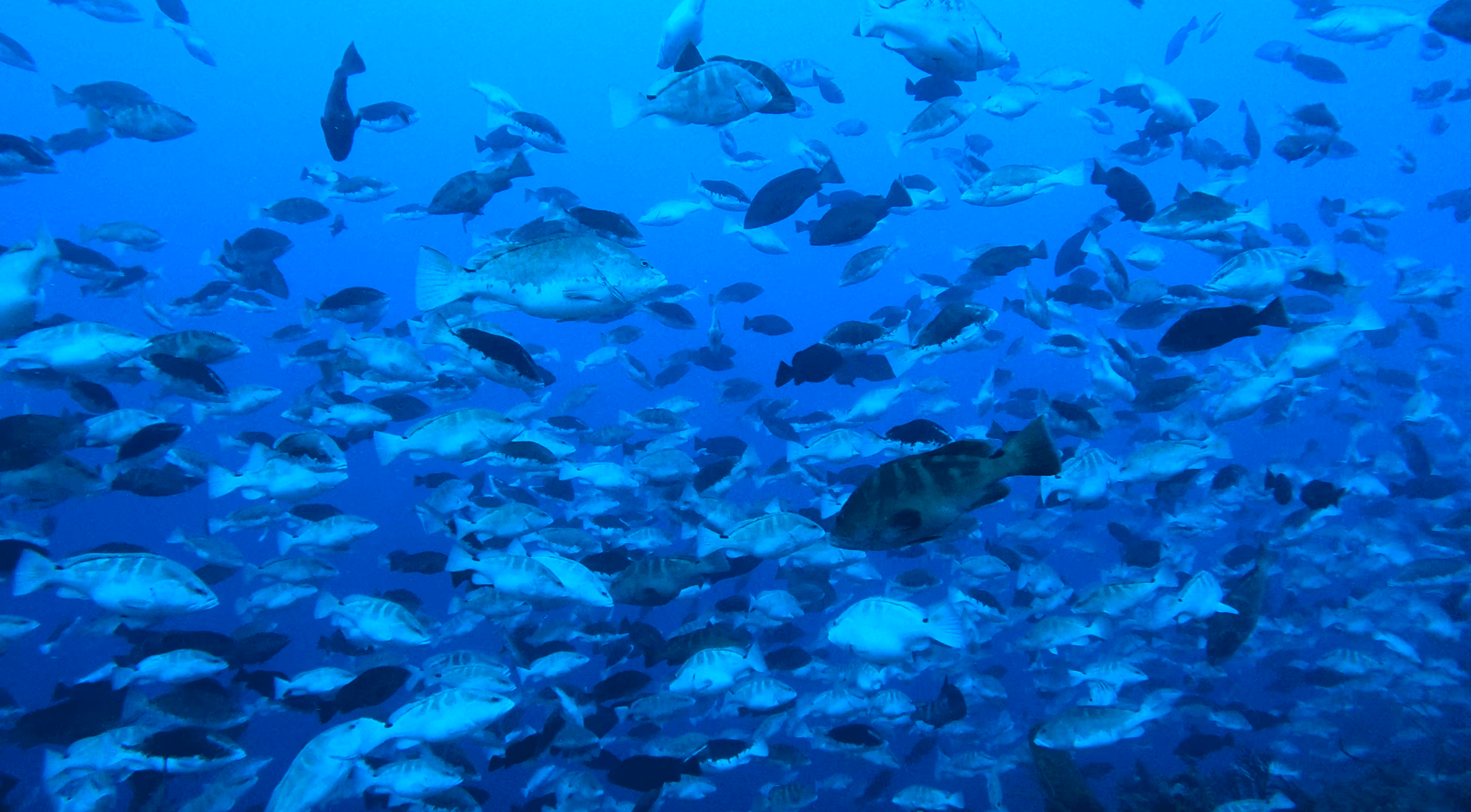A keystone species is a species that a large number of other species in an ecosystem depends on. If a keystone species is removed from a system, the species that it supported will also be impacted, as well as any other dependent species. Nassau grouper are a keystone species and influence both the structure of reef communities and promotes coral health. Unfortunately, it is estimated that 60 to 80% of Nassau grouper aggregations have been wiped out due to overfishing at the spawning aggregation site. Because Grouper don’t reach maturity until four to eight years of age, and juveniles are frequently predated upon, Nassau groupers’ population is slow to rebuild. This is why the protection of the remaining aggregation sites, like the largest known site in Little Cayman so important to the protection and recovery of the species.
The Cayman Islands government has taken a series of management actions aimed at recovering collapsed stocks of Nassau grouper as a result of overfishing. The government partnered with academic and nonprofit organizations to establish a research and monitoring program (Grouper Moon) aimed at documenting the impacts of conservation action. Over the last 15 years, the Nassau grouper population on Little Cayman has more than tripled in response to conservation efforts. The findings demonstrate that spatial and seasonal fishing closures aimed at rebuilding aggregation-based fisheries can foster conservation success. From 1 December to 30 April there is a closed season for Nassau grouper in the Cayman Islands. In May, the limit is 5 per person or 5 per boat per day, whichever is less. Additionally, once the fishing season begins in May, only Nassau grouper between 16″ and 24″ can be taken, and only with a hook and line.

